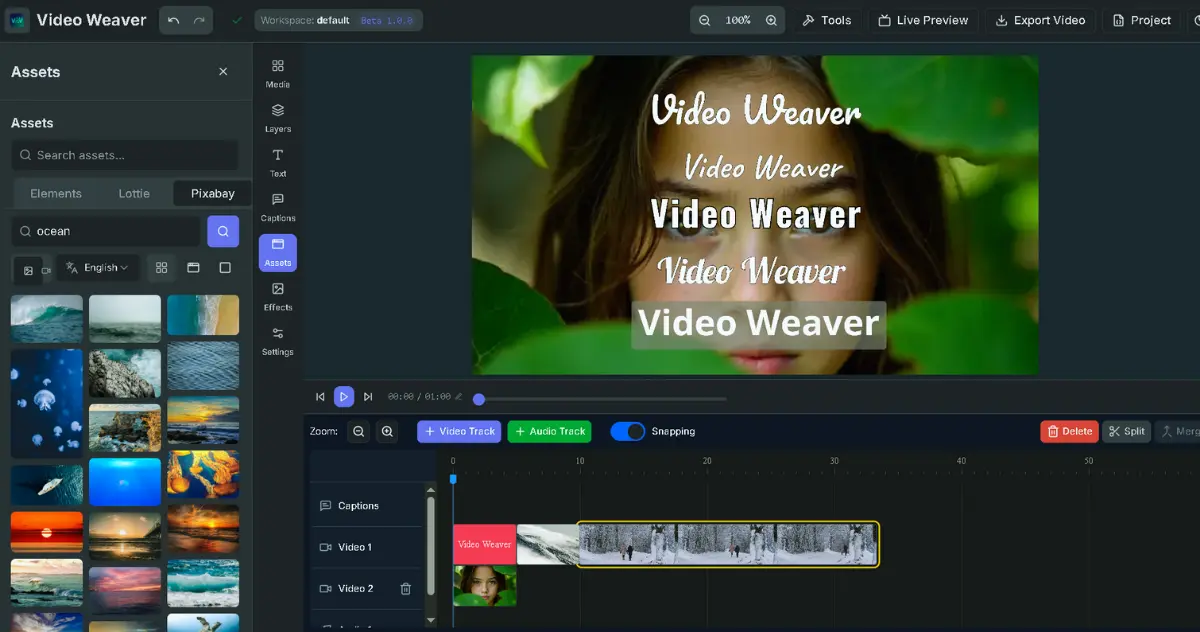Musk's Bombshell! xAI Officially Open-Sources Grok-2, Announces Grok-3 to Follow in Six Months!
Elon Musk has once again delivered on his promise. His AI company, xAI, has officially open-sourced the Grok-2 model on Hugging Face. What is this powerful model that once surpassed GPT-4 capable of? What kind of hardware is needed to tame it? More importantly, the more powerful Grok-3 is also expected to be open-sourced within six months. What kind of impact and change will this bring to the AI open-source community?
Just as everyone was still digesting the information about various new AI models, Elon Musk dropped another bombshell on the social media platform X. He announced without warning that xAI’s most powerful model from last year, Grok-2.5 (actually Grok-2), is now officially open-source. And, the more powerful Grok-3 is already scheduled to be open-sourced in about six months!
This news not only fulfills his previous promise to “continuously open-source old models,” but also injects new variables into the fiercely competitive AI field.
Grok-2 is Officially Open-Source: This Time It’s for Real
Musk stated directly in his tweet: “xAI’s Grok 2.5 model, which was our best model last year, is now open-source.” Accompanying the text was a link to the well-known AI open-source community Hugging Face, with the page pointing directly to xai-org/grok-2.
Interestingly, although Musk called it Grok-2.5, the official name on the Hugging Face page is Grok-2. This small discrepancy may just be a difference between internal code names and public names, but the important thing is that xAI’s open-sourcing this time is the real deal.
They are not providing a code framework that can only be looked at but not used, but rather the complete model weights and detailed deployment guides. This means that developers, researchers, and AI enthusiasts around the world can now freely download, modify, and deploy this powerful large language model.
However, there is no such thing as a completely free lunch. This open-sourcing uses the Grok 2 Community License Agreement. Although it allows for non-commercial use and commercial use with an annual revenue of less than $1 million, there are two key restrictions: it is forbidden to use it to train other base models, and it must be clearly marked “Powered by xAI” when used.
So, How Powerful is Grok-2 Exactly?
When Grok-2 was released in August 2024, it surpassed Claude and GPT-4 on the authoritative LMSYS leaderboard, with a performance level very close to the then-current GPT-4o. It demonstrated amazing capabilities in areas such as graduate-level scientific knowledge, general knowledge, and math competitions.
Specifically, Grok-2’s main functions cover:
- Powerful language understanding and generation: It can handle complex language tasks, conduct fluent conversations, and answer various in-depth questions.
- Excellent reasoning and logic: It performs well in solving complex logical problems and math competition questions, demonstrating high-level thinking skills.
- Multilingual support: It has the ability to understand and generate text in multiple languages, meeting the needs of cross-lingual environments.
- Top-tier visual capabilities: It has reached the industry’s advanced level in tasks such as image recognition and document visual question answering (VQA).
- Code assistance: It can assist developers in generating code, understanding existing code, and answering programming difficulties.
- Real-time networking capabilities: It can access network information in real time, ensuring that the answers and suggestions provided are based on the latest data, not outdated training data.
Technical Secrets and Hardware Thresholds: Taming the Beast is Not That Simple
Behind such powerful performance are amazing technical architecture and hardware requirements.
Grok-2 is based on the efficient Mixture-of-Experts (MoE) architecture, with a total of 269 billion model parameters. During operation, each token activates 2 “expert networks,” effectively balancing computing resources and model performance. Its network structure has 64 layers, and the feed-forward network (FFN) has been optimized.
However, the threshold for running this model yourself is quite high. The model files themselves contain 42 files, with a total size of about 500GB. The official recommendation is to use the SGLang inference engine, and 8 GPUs with more than 40GB of video memory are required for smooth operation. This means that ordinary personal computers or consumer-grade graphics cards will probably have difficulty taming this AI beast.
Musk’s Open-Source Gambit? The AI Game Has a New Variable
You may be wondering why Musk would make his own “old weapon” available to everyone. Behind this is actually a very clever strategy.
In today’s world where AI technology is iterating at a rapid pace, last year’s top model may be surpassed in a few months. By continuously open-sourcing the previous generation of flagship models, Musk has achieved several goals:
- Building an ecosystem: Allowing more developers to become familiar with and use xAI’s model architecture, and building an active community around Grok.
- Pressuring competitors: This move undoubtedly puts pressure on companies that adopt a closed-source strategy, such as OpenAI. When a powerful model can be obtained for free, the threshold for businesses and developers to choose a paid service naturally increases.
- Maintaining a technologically leading image: Open-sourcing Grok-2 is also a declaration: “This is just our technology from last year, we now have the more powerful Grok-3.”
The Future Bombshell: Grok-3 is on the Way
If open-sourcing Grok-2 was a surprise, then the next step that Musk announced in the same tweet is a ticking time bomb.
“Grok 3 will be open-sourced in about 6 months.”
This statement carries a lot of weight. Grok-3 is expected to have a huge leap in performance, possibly directly challenging the most powerful closed-source models on the market today. Now, Musk has given a clear timeline, which is equivalent to sending an invitation to the entire AI community: in six months, you will be able to experience even more powerful forces firsthand.
Conclusion: The Open-Source Wave is Unstoppable
From Meta’s Llama series to xAI’s Grok series, the wave of open-source large language models is becoming more and more turbulent. This time, Musk has not only thrown out a model, but has also established a model of “leading by one generation, open-sourcing the previous generation.”
As Grok-2 runs on the servers of developers around the world, we can foresee that a large number of novel applications based on it will emerge in the coming months. And what new heights will Grok-3 push this flame of innovation to in six months? Let’s wait and see.




